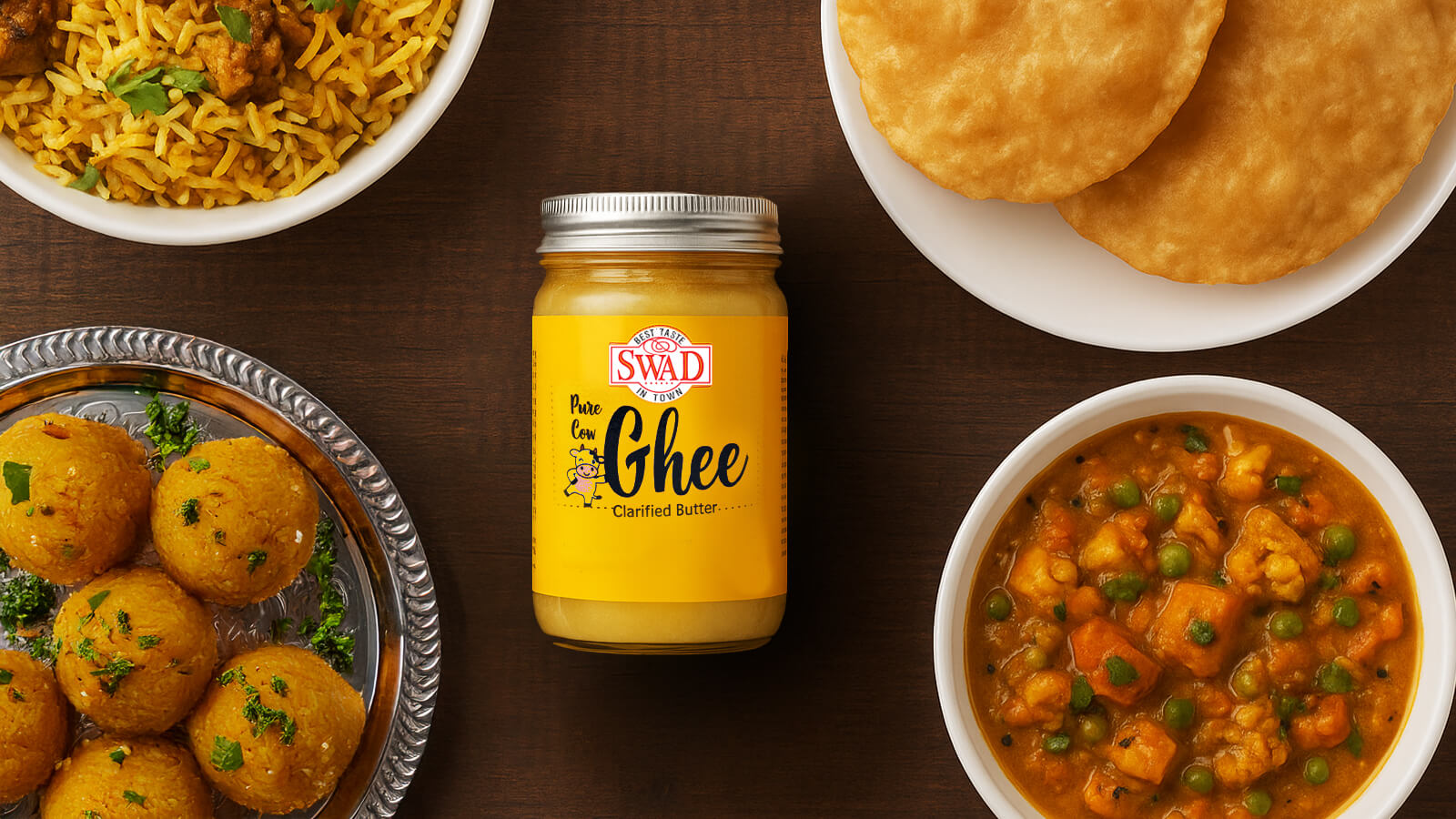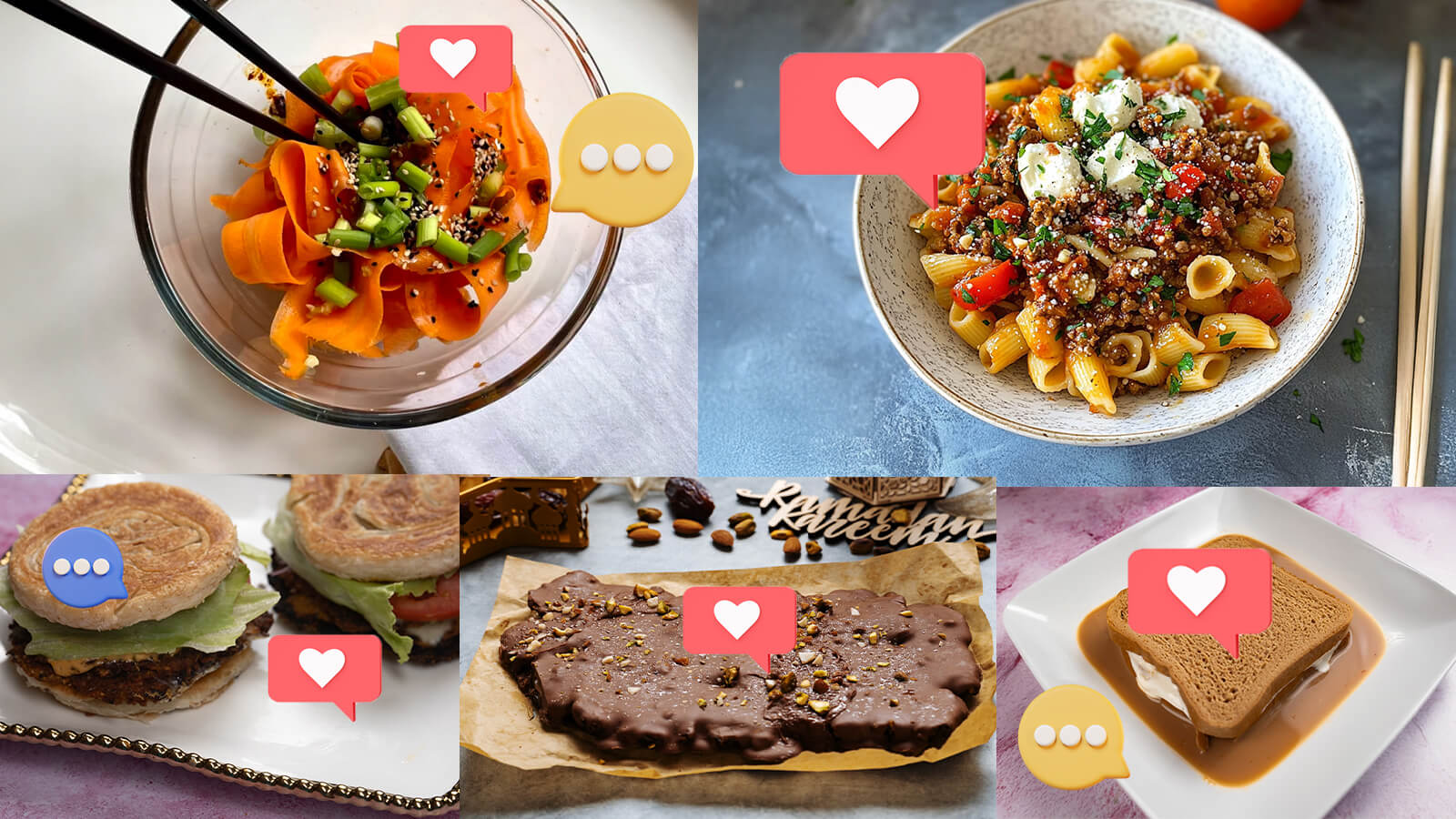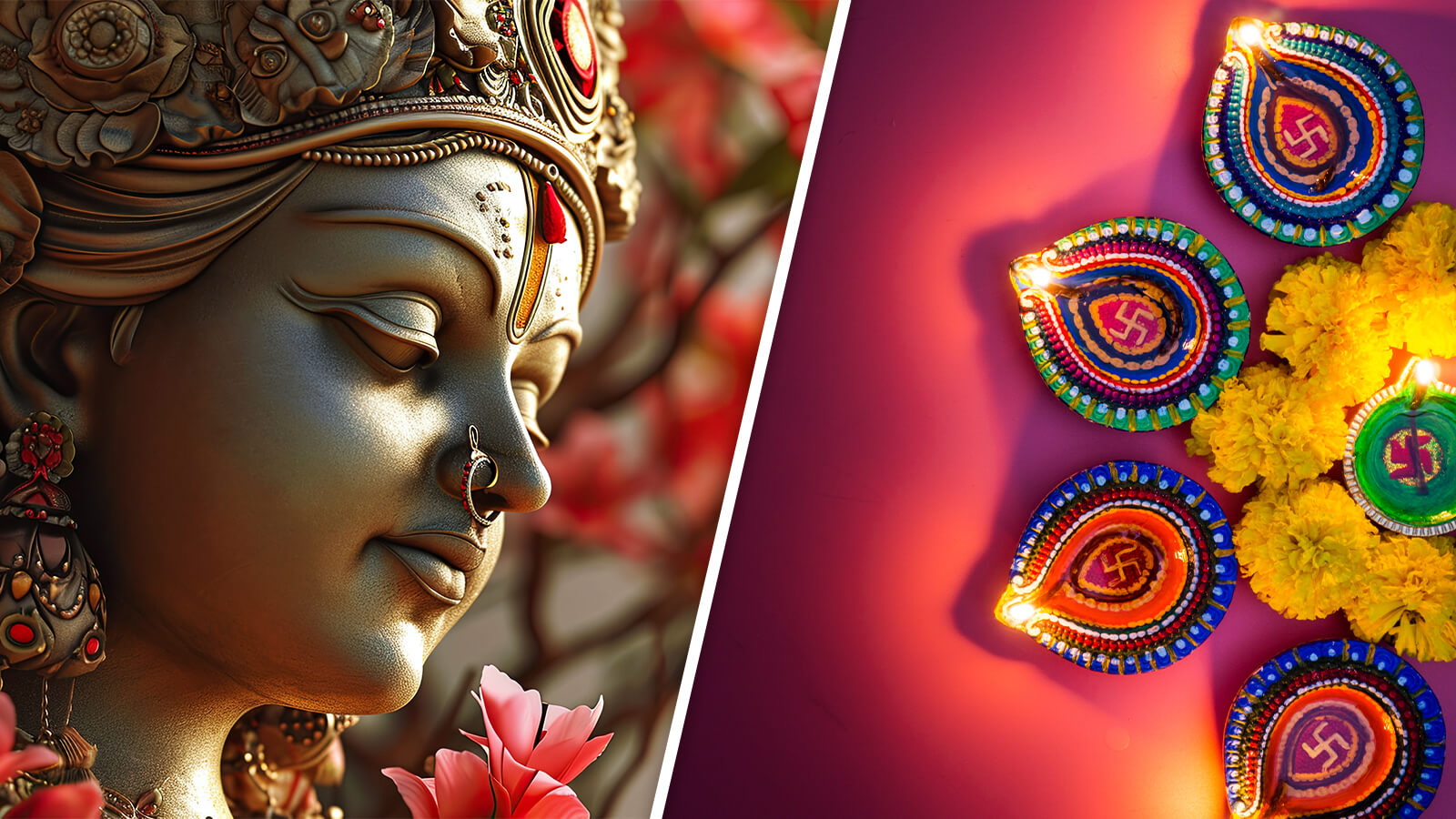Why Ghee Is Essential in Indian Cooking

Ghee is a cornerstone of Indian cuisine and, in recent years, has gained global recognition as a superfood in the wellness community. Now widely available in supermarkets around the world and featured in countless online recipes, ghee holds a place in Indian cooking much like olive oil does in Mediterranean cuisine—used in everything from breakfast dishes to desserts.
Renowned for its versatility, ghee can be used for cooking, sautéing, frying, and tempering spices. It has been a part of Indian life for centuries, valued not only for its culinary uses but also for its role in religious traditions. Ghee is simply clarified butter—rich in flavor, tradition, and cultural significance.
Homemade ghee is a true labor of love, and making it in an Instant Pot is simple and efficient. Start with unsalted butter sticks, placing them in the pot over low heat. As the butter melts, it naturally separates into three layers: a foamy top, a clear golden liquid in the middle, and milk solids at the bottom. Once fully melted, the milk solids will turn golden brown and release a rich, nutty aroma. Strain the liquid and transfer it to an airtight container. Ghee has a long shelf life, and it can be stored for several months.
The benefits of ghee surpass those of seed oils. In Ayurveda, ghee is regarded as a “sattvic” food, valued for promoting gut health.
Rich in vitamins A, D, E, and K, as well as omega-3 fatty acids, ghee offers notable nutritional benefits. It has a high smoke point, making it ideal for sautéing and frying without burning easily—unlike many cooking oils. Ghee is lactose-friendly.
In Indian food, ghee is found everywhere From flaky parathas, indulgent halwa puri, fragrant biryanis, takda dals, sabzis, creamy butter chicken, and scrumptious paneer masala all owed part of their magic to it. When it comes to Indian sweets—whether it’s the melt-in-your-mouth gulab jamun, jalebi, halwas, or ladoos—ghee is the secret to that delicious taste.
Additionally, a dollop of ghee can elevate any meal with rich flavor. From comforting khichdi to freshly made rotis and parathas, it adds softness, aroma, and a touch of indulgence. For strength and recovery, wholesome snacks like gond ke ladoo and panjeeri are prepred with ghee. These nourishing, immunity-boosting dishes are an essential part of postpartum care for new Indian mothers.
Beyond the kitchen, ghee holds deep cultural and religious significance in Hinduism. It is used to fuel sacred fires (Agni) during Vedic rituals, and ghee lamps (deepams) are lit in temples to symbolize purity and the end of darkness. Ghee is also a key ingredient in prasad (sacred offerings), such as ladoos and halwas.
Ghee in moderation is highly recommended. Ghee is often referred to as “liquid gold” and rightfully so, ghee is a powerhouse ingredient. From making Indian cuisine more richer and flavorful to being a key component in religious rituals, ghee has had a strong presence in Indian kitchens and culture for centuries. Ghee continues to bridge generations, reminding us that Indian cuisine is not only delicious but carry element of tradition, identity, and love passed down through generations.





